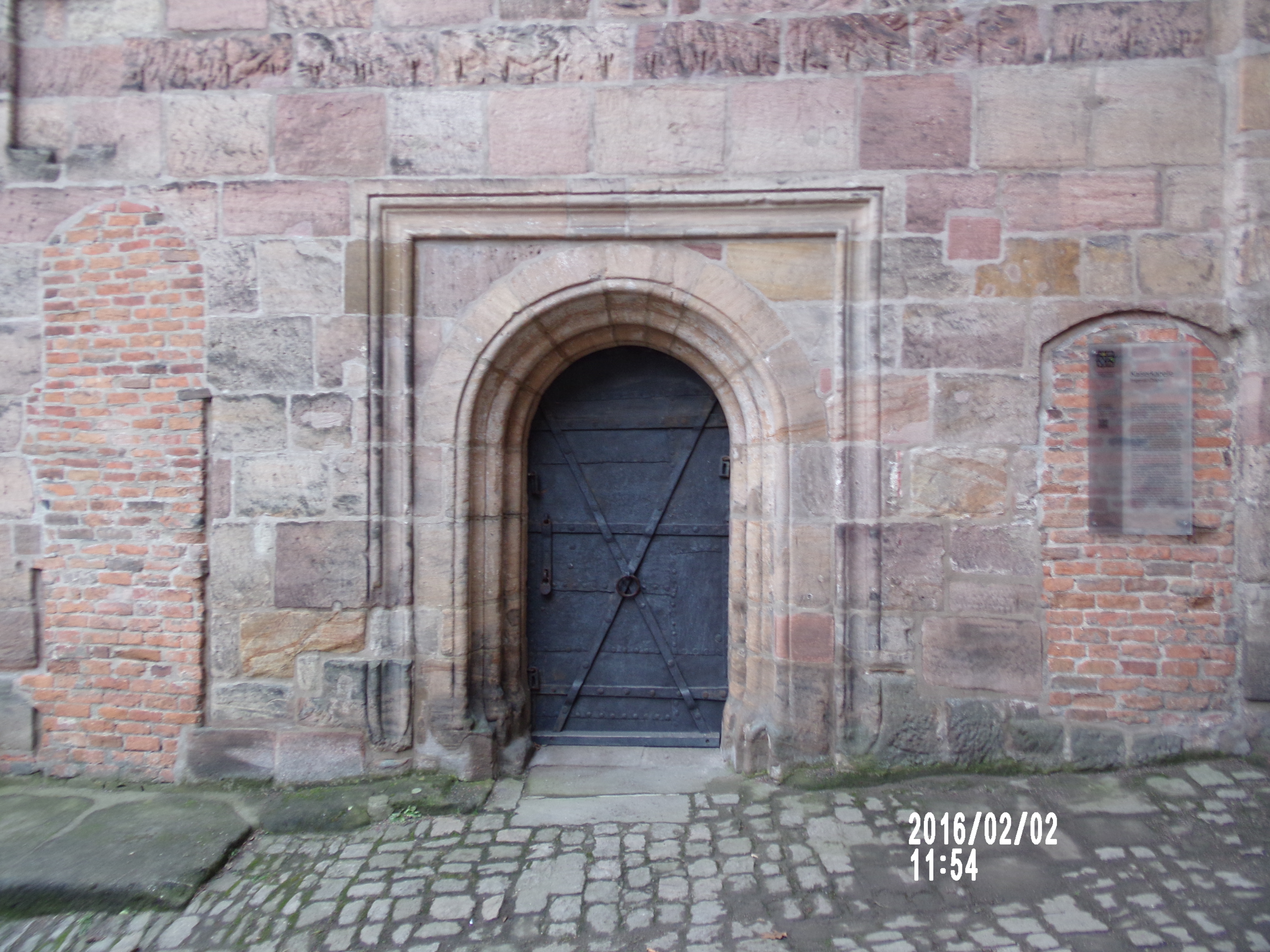MEASUREMENT OF RESIDENTIAL SATISFACTION: ANALYSIS OF A BRAZILIAN METROPOLITAN REGION
DOI:
https://doi.org/10.29149/mtr.v6i1.6303Keywords:
Housing satisfaction, Residential environment, Housing sector in BrazilAbstract
The housing sector in Brazil gained an impulse in the second half of the twentieth century with the creation of the housing funding system and a credit policy. However, the 1980s marked a period of crisis of the public debt and economic stagnation in the country, causing the dismantling of the housing policy and bringing the sector to a timid expansion phase through market mechanisms and individual initiatives. Since the beginning of 2000, new government programs have arisen for housing and the sector has boomed in the popular housing segment - subsidized by the government - and private market. However, an important factor in planning housing policy is the population’s satisfaction with their dwelling, little effort having been made to identify resident satisfaction level with their real estate, that is, to what extent the Brazilians are pleased with their housing and what the most important factors for the expansion of such satisfaction are. This survey uses data from 347 interviews conducted in the state of Pernambuco, Brazil, and proposes a logistic regression model to identify the factors that expand housing satisfaction. The following items were considered significant: bathroom space, residential ventilation, distance to parks and distance to religious centers.
References
Basolo, V., & Strong, D. (2002). Understanding the neighborhood: From residents’ perceptions and needs to action. Housing Policy Debate 13(1), 83-105. doi:10.1080/10511482.2002.9521436
Baum, S., Arthurson, K., & Rickson, K. (2010). Happy people in mixed-up places: the association between the degree and type of local socioeconomic mix and expressions of neighborhood satisfaction. Urban Studies, 47, 467-485. doi: http://dx.doi.org/10.1177/0042098009351941
Bekleyen, A., & Korkmaz, N. M. (2013). An evaluation of Akabe mass housing settlement in Sanliurfa, Turkey. Journal of Housing and the Built Environment, 28(2), 293-309. doi: http://dx.doi.org/10.1007/s10901-012-9313-6
Bonilla, M. H. (2013). The significance and meanings of public space improvement in low-income neighbourhoods ‘colonias populares’ in Xalapa-Mexico. Habitat International, 38, 34-46. doi: 10.1016/j.habitatint.2012.09.003
CBIC, (2018). Câmara Brasileira da Industria da Construção, Déficit Habitacional no Brasil Retraived in 15, july 2020 at http://www.cbicdados.com.br/menu/deficit-habitacional/deficit-habitacional-no-brasil.
Chapman, D. W., & Lombard, J. R. (2006). Determinants of neighborhood satisfaction in fee-based gated and nongated communities. Urban affairs review, 41(6), 769-799. doi: http://dx.doi.org/10.1177/1078087406287164
Chen, L., Zhang, W. Z., & Yang, Y. Z. (2013). Disparities in residential environment and satisfaction among urban residents in Dalian, China. Habitat International, 40, 100-108. doi: http://dx.doi.org/10.1016/j.habitatint.2013.03.002
Chen, Y., LÜ, B., & Chen, R. (2016). Evaluating the life satisfaction of peasants in concentrated residential areas of Nanjing, China: A fuzzy approach. Habitat International, 53, 556-568. doi: http://dx.doi.org/10.1016/j.habitatint.2016.01.002
Cook, C. C. (1988). Components of neighborhood satisfaction responses from urban and suburban single-parent women. Environment and Behavior, 20, 115-149. doi: http://dx.doi.org/10.1177/0013916588202001
Djebuarni, R., & Al-Abed, A. (2000). Satisfaction level with neighbourhood in lowincome public housing in Yemen. Property Management, 18 (4), 230–242. doi: http://dx.doi.org/10.1108/02637470010348744
Elsinga, M., & Hoekstra, J. (2005). Homeownership and housing satisfaction. Journal of Housing and the Built Environment, 20(4), 401-424. doi: http://dx.doi.org/10.1007/s10901-005-9023-4
Ferreira, G. G., Calmon, P., Fernandes, A. S. A., & Araújo, S. M. V. G. (2019). Política habitacional no Brasil: uma análise das coalizões de defesa do Sistema Nacional de Habitação de Interesse Social versus o Programa Minha Casa, Minha Vida. urbe. Revista Brasileira de Gestão Urbana, 11, e20180012. doi: https://doi.org/10.1590/2175- 3369.011. 001.AO04
França, K. C. B. (2015). Os gargalos para a provisão habitacional em municípios de pequeno porte: análise do programa Minha Casa, Minha Vida. urbe. Revista Brasileira de Gestão Urbana (Brazilian Journal of Urban Management), 7(3), 325-339.
Galster, G. C., & Hesser, G. W. (1981). Residential satisfaction compositional and contextual correlates. Environment and behavior, 13(6), 735-758. doi: http://dx.doi.org/10.1177/0013916581136006
Grum, B., & Grum, D. K. (2014). Satisfaction with Current Residence Status in Comparison with Expectations of Real Estate Buyers in Slovenia and Serbia. Procedia-Social and Behavioral Sciences, 109, 263-275. doi: http://dx.doi.org/10.1016/j.sbspro.2013.12.456
Ha, S. K. (2008). Social housing estates and sustainable community development in South Korea. Habitat International, 32(3), 349-363. doi: http://dx.doi.org/10.1016/j.habitatint.2007.11.005
Hamersma, M., Heinen, E., Tillema, T., & Arts, J. (2015). Residential moving intentions at highway locations: The trade-off between nuisances and accessibility in the Netherlands. Transport and Environment, 35, 130-141. doi: http://dx.doi.org/10.1016/j.trd.2014.11.017
Huang, Z., & Du, X. (2015). Assessment and determinants of residential satisfaction with public housing in Hangzhou, China. Habitat International, 47, 218-230. doi: http://dx.doi.org/10.1016/j.habitatint.2015.01.025
Hur, M., & Morrow-Jones, H. (2008). Factors that influence residents' satisfaction with neighborhoods. Environment and Behavior. doi: http://dx.doi.org/10.1177/0013916507307483
James, R. N., Carswell, A. T., & Sweaney, A. L. (2009). Sources of discontent residential satisfaction of tenants from an internet ratings site. Environment and Behavior, 41(1), 43. doi: http://dx.doi.org/10.1177/0013916507310031
Jansen, S. J. T. (2014). The impact of the have–want discrepancy on residential satisfaction. Journal of Environmental Psychology, 40, 26-38. doi: 10.1016/j.jenvp.2014.04.006
Kabisch, S., & Grossmann, K. (2013). Challenges for large housing estates in light of population decline and ageing: Results of a long-term survey in East Germany. Habitat International, 39, 232-239. doi: http://dx.doi.org/10.1016/j.habitatint.2012.12.003
Kim, I., Park, K., & Lee, Y. (2009). An analysis of residential satisfaction for low-income senior citizens. Journal of Asian Architecture and Building Engineering, 8(2), 393-399. doi: http://dx.doi.org/10.3130/jaabe.8.393
Kowaltowski, D. C., & Granja, A. D. (2011). The concept of desired value as a stimulus for change in social housing in Brazil. Habitat International, 35(3), 435-446. doi: http://dx.doi.org/10.1016/j.habitatint.2010.12.002.
Kowaltowski, D. C., Da Silva, V. G., Pina, S. A., Labaki, L. C., Ruschel, R. C., & de Carvalho M., D. (2006). Quality of life and sustainability issues as seen by the population of low-income housing in the region of Campinas, Brazil. Habitat International, 30(4), 1100-1114. doi: http://dx.doi.org/10.1016/j.habitatint.2006.04.003
Lakatos, E. M., & Marconi, M. A. (2003). Fundamentos de metodologia científica. 5. ed. São Paulo: Atlas.
Lovejoy, K., Handy, S., & Mokhtarian, P. (2010). Neighborhood satisfaction in suburban versus traditional environments: An evaluation of contributing characteristics in eight California neighborhoods. Landscape and Urban Planning, 97(1), 37-48. doi: http://dx.doi.org/10.1016/j.landurbplan.2010.04.010
Lu, M. (1999). Determinants of residential satisfaction: Ordered logit vs. regression models. Growth and change, 30(2), 264-287. doi: http://dx.doi.org/10.1111/0017-4815.00113
Mohit, M. A., & Mahfoud, A. K. A. (2015). Appraisal of residential satisfaction in double-storey terrace housing in Kuala Lumpur, Malaysia. Habitat International, 49, 286-293. doi: http://dx.doi.org/10.1016/j.habitatint.2015.06.001
Mohit, M. A., & Nazyddah, N. (2011). Social housing programme of Selangor Zakat Board of Malaysia and housing satisfaction. Journal of Housing and the Built Environment, 26(2), 143-164. doi: http://dx.doi.org/10.1007/s10901-011-9216-y
Mohit, M. A., Mansor, I., & Rashid, Y. R. (2010). Assessment of residential satisfaction in newly designed public low-costhousing in Kuala Lumpur, Malaysia. Habitat International. 34, 18–27. doi: 10.1016/j.habitatint.2009.04.002
Moura, J.M. (2014). O Programa Minha Casa, Minha Vida na Região Metropolitana de Natal: uma análise espacial dos padrões de segregação e desterritorialização. Revista Brasileira de Gestão Urbana (Brazilian Journal of Urban Management), 6(3), 339-359.
Mridha, M. (2015). Living in an apartment. Journal of Environmental Psychology, 43, 42-54. doi: http://dx.doi.org/10.1016/j.jenvp.2015.05.002
Mullins, P., Western, J., & Broadbent, B. (2001). The Links Between Housing and Nine Key Socio Cultural Factors: A Review of the Evidence. Retrieved on 16 June 2013. https://www.ahuri.edu.au/__data/assets/pdf_file/0018/2736/AHURI_Positioning_Paper_No4_Links_between_housing_and_nine_key_socio_cultural_factors.pdf
Nunes, I. S., & Alvarenga, M. C. S. (2018). Avaliação da Qualidade de mão de obra, projetos e fiscalização emo bras de construção civil. Revista Construindo, 10 (1), 28 – 49.
Paris, D. E., & Kangari, R. (2005). Multifamily affordable housing: Residential satisfaction. Journal of performance of constructed facilities, 19(2), 138-145. doi: http://dx.doi.org/10.1061/(ASCE)0887-3828(2005)19:2(138)
Parkes, A., Kearns, A., & Atkinson, R. (2002). What makes people dissatisfied with their neighbourhoods? Urban Studies, 39(13), 2413-2438. doi: http://dx.doi.org/10.1080/0042098022000027031
Salleh, A. G. (2008). Neighbourhood factors in private low-cost housing in Malaysia. Habitat International, 32(4), 485-494. doi: http://dx.doi.org/10.1016/j.habitatint.2008.01.002
Sanders, P., Zuidgeest, M., & Geurs, K. (2015). Liveable streets in Hanoi: A principal component analysis. Habitat International, 49, 547-558. doi: http://dx.doi.org/10.1016/j.habitatint.2015.07.001
Savasdisara, T., Tips, W. E., & Suwannodom, S. (1989). Residential satisfaction in private estates in Bangkok: A comparison of low-cost housing estates and determinant factors. Habitat International, 13(1), 65-73. http://dx.doi.org/10.1016/0197-3975(89)90008-8
Speare, A. (1974). Residential satisfaction as an intervening variable in residential mobility. Demography, 11(2), 173-188. doi: http://dx.doi.org/10.2307/2060556
Sulaiman, H., & Yahaya, N. (1987). Housing provision and satisfaction of low-income households in Kuala Lumpur. Habitat International, 11(4), 27-38. doi: http://dx.doi.org/10.1016/0197-3975(87)90006-3
Teck-Hong, T. (2012). Housing satisfaction in medium-and high-cost housing: The case of Greater Kuala Lumpur, Malaysia. Habitat International, 36(1), 108-116. doi: http://dx.doi.org/10.1016/j.habitatint.2011.06.003
Tomah, A. N., Ismail, H. B., & Abed, A. (2016). The concept of privacy and its effects on residential layout and design: Amman as a case study. Habitat International, 53, 1-7. doi: http://dx.doi.org/10.1016/j.habitatint.2015.10.029
Türkoğlu, H. D. (1997). Residents' satisfaction of housing environments: the case of Istanbul, Turkey. Landscape and urban planning, 39(1), 55-67.
Turok, Ivan. Housing and the urban premium. Habitat International, 2015. doi: http://dx.doi.org/10.1016/j.habitatint.2015.11.019
Ukoha, O. M., & Beamish, J. O. (1997). Assessment of resident's satisfaction with public housing in Abuja, Nigeria. Habitat International, 21(4), 445–460 doi:10.1016/S0197-3975(97)00017-9
Valença, M. M., & Bonates, M. F. (2010). The trajectory of social housing policy in Brazil: From the National Housing Bank to the Ministry of the Cities. Habitat International. 34, 165–173. doi: 10.1016/j.habitatint.2009.08.006
Vera-Toscano, E., & Ateca-Amestoy, V. (2008). The relevance of social interactions on housing satisfaction. Social Indicators Research, 86(2), 257-274. doi: http://dx.doi.org/10.1007/s11205-007-9107-5
Zenk, S. N., Schulz, A. J., Izumi, B. T., Mentz, G., Israel, B. A., & Lockett, M. (2013). Neighborhood food environment role in modifying psychosocial stress–diet relationships. Appetite, 65, 170-177. doi: 10.1016/j.appet.2013.02.008
Published
How to Cite
Issue
Section
License
Copyright (c) 2021 Djalma Silva Guimarães Junior, Carlos Henrique Michels de Sant’anna, Michele Bezerra Saito, Sérgio Pinheiro dos Santos, Fagner José Coutinho de Melo

This work is licensed under a Creative Commons Attribution 4.0 International License.
Authors who publish with this journal agree to the following terms:
- Authors retain copyright and grant the journal, without cost for the journal, right of first publication with the work simultaneously licensed under a Creative Commons Attribution License that allows others to share the work with an acknowledgment of the work's authorship and initial publication in this journal.
- Authors are able to enter into separate, additional contractual arrangements for the non-exclusive distribution of the journal's published version of the work (e.g., post it to an institutional repository or publish it in a book), with an acknowledgment of authorship and its initial publication in this journal.
- Authors take full responsibility for their opinions expressed in the works published in this journal.
















